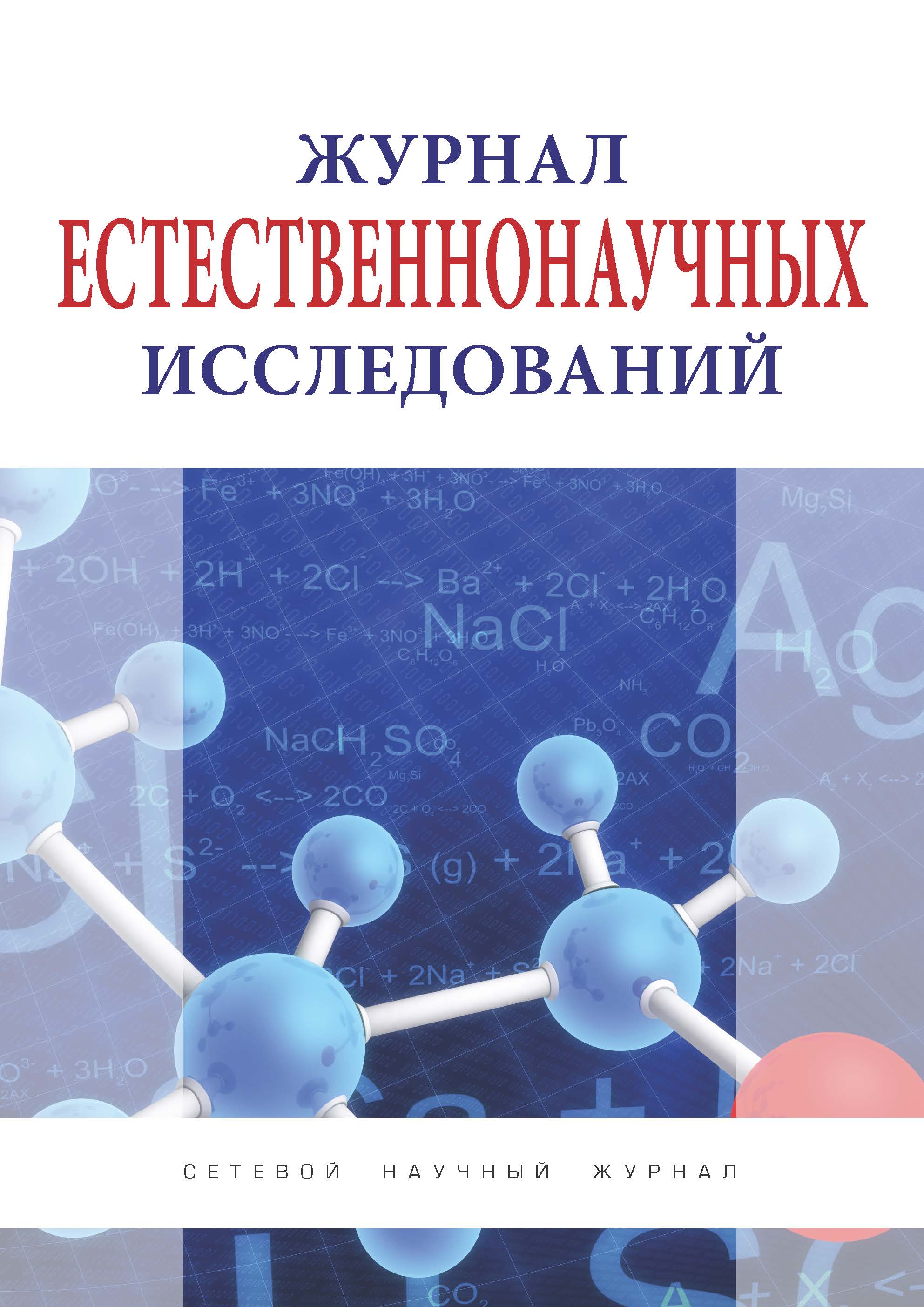Creil, France
from 01.01.1999 to 01.01.2002
Creil, France
521
53
524
523
52-5
52-4
52-3
50
It's shown through the Janus cosmological model framework that the object responsible for the phenomenon called "dipole repeller" is a spheroidal cluster made exclusively with anti- hydrogen and anti-helium of dark matter of negative mass. Emitting photons of negative energy, this object is not observable with optical instruments, but it plays a crucial role in the structure of the world of negative dark matters which contains neither galaxies, nor stars, nor heavy elements, nor planets, nor biomolecules. This model thus proposes an important extension of the theory of dark matter by including the existence of negative masses in the universe, and thus opens up new perspectives for understanding the structure and evolution of the universe as a whole.
dipole repeller, primeval antimatter, dark matter, dark energy, runaway paradox, Sakharov model, bimetric model, negative mass, Janus cosmological model
1. 1. Hoffman Y., Pomarède D., Tully R.B., Courtois H., 2017, The Dipole Repeller, Nature Astronomy 1.0036
2. Neiser T.F., 2020, Fermi Degenerate Antineutrino Star Model of Dark Energy. Advances in Astronomy, Volume 2020, Article ID 8654307
3. Perlmutter S. et al., 1999, Measurements of Ω and Λ from 42 High-Redshift Supernovae, APJ, Vol. 517 Number. 2
4. Riess A. et al., 2004, Type Ia Supernova Discoveries at z > 1 from the Hubble Space Telescope, Evidence for Past Deceleration and Constraints on Dark Energy Evolution, APJ Vol. 607 Number. 2
5. Schmidt B.P. et al., 1998, The high-Z supernova search. Measuring cosmic deceleration and global curvature of the universe using type Ia supernovae, APJ, Vol. 507 Number. 1
6. Petit J.P., D’Agostini G., 2014, Negative Mass hypothesis in cosmology and the nature of dark energy, Astrophysics And Space Science, A 354, pp. 611-615
7. Petit J.P., D’Agostini G., 2014, Cosmological Bimetric model with interacting positive and negative masses and two different speeds of light, in agreement with the observed acceleration of the Universe, Modern Physics Letters A Vol. 29 Number. 34
8. Petit J.P., D’Agostini G., Debergh N., 2019, Physical and mathematical consistency of the Janus Cosmological Model (JCM), Progress in Physics 2019 Vol. 15 issue. 1
9. Debergh N., Petit J.P., D’Agostini G., 2018, Evidence of negative energies and masses in the Dirac equation through a unitary time-reversal operator, J. Phys. Comm. 2 Number. 115012
10. D'Agostini G., Petit J.P., 2021, Constraints on Janus Cosmological model from recent observations of supernovae type Ia, Astrophysics and Space Science, In press. hal-03426721f
11. Petit J.P., D’Agostini G., Debergh N., 2021, Bimetric models. When negative mass replaces both dark matter and dark energy. Excellent agreement with observational data. Solving the problem of the primeval antimatter, Database of the French National Center for Scientific Research hal-03224868
12. Benoit-Lévy A., Chardin G., 2012, Introducing the Dirac-Milne universe, Astronomy and Astrophysics Vol. 537 A 78
13. Nieto M.M., Goldman T., Anderson J.D., Lau E.L., Mercader J.P., 1994, Theoretical motivation for gravitation experiments on ultra-low energy antiprotons and antihydrogen, arxiv:9412234.pdf
14. Nieto M.M., Goldman T., 1991, The arguments against “antigravity” and the gravitational acceleration of antimatter, Physics Reports Vol. 205 Issue. 5, p. 221-281
15. Heald G., 2020, The Stronger Case for Gravitational Repulsion between Matter and Antimatter, Research Gate publication Num. 339339776
16. Vuyk V., 2018, A Fifth Force Vacuum Dipole Repeller, Needed to Create all Attraction Forces even around Black Holes in Quantum FFF Theory, Research Gate publication Num. 325995732
17. Hoffman Y., Carlesi E., Pomarede D., Tully R.B., Courtois H., Gottlober S., Libeskind N.I., Sorce J.G., Yepes G., 2018, The quasi-linear nearby Universe, Nature Astronomy, arxiv:1807.03724.pdf
18. Farnes J., 2018, A unifying theory of dark energy ans dark matter : Negative mass and matter creation within a modified ΛCDM framework, Astronomy and Astrophysics
19. Damour T., Kogan I., 2002, Effective Lagrangians and universality classes of nonlinear bigravity, Phys. Rev. D Vol. 66, Iss. 10
20. Hossenfelder S., 2006, Antigravitation, Phys Letters B Vol. 636 issue 2
21. Hossenfelder S., 2008, A bimetric Theory with Exchange Symmetry, Phys. Rev. D78 044015, arXiv:0807.2838v1
22. El-Ad H., Piran T., da Costa L.N., 1997, Mon. Not. R. Astro. Soc.
23. Petit J.P., 1995, Twin Universe Cosmology, Astrophysics and Space Science Volume 226 Issue 2 pp.273-307
24. Souriau J.M., 1970, Structure des systèmes dynamiques, Dunod Ed. France, 1997, Structure of Dynamical Systems, Boston Birkhaüser Ed.
25. Sakharov A.D., 1967, ZhETF Pis’ma 5 : 32, JETP Lett. 5 : 24
26. Sakharov A.D., 1979, ZhETF Pis’ma 76 : 1172, JETP 49 : 594
27. Sakharov A.D., 1980, Cosmological Model of the Universe with a Time Vector Inversion, ZhETF Tr. JETP 52, 349-351, 79 : 689-693







